Scottish Kitchen Butter Rolls, Butteries
Updated 8 August, 2024
Butteries, Rowies, or Scottish butter rolls, whatever you call them, These rich and decadent pastries are always a hit in my home. These golden flaky pastries have a delicately crips outside and a soft, buttery melt-in-your-mouth inside.
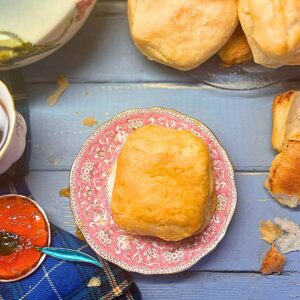
I have been making these delightful little pastries for about a year now, and I’m still in love with their taste and texture. Scottish butter rolls are made the same basic way as croissant dough. You just shape them into rolls instead of crescents.
They are so much quicker and easier to make than traditional croissants. (I may have done an experiment to see how this recipe would turn out if I made them into croissants. They do taste slightly different and are less of a delicate texture, but I would say you could absolutely use this recipe for either. (Don’t tell France!)

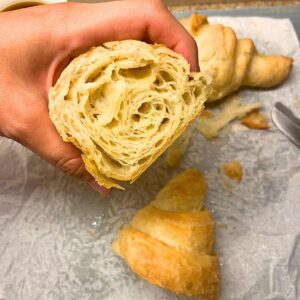
Butteries
What are these little buns? Well, they are originally from Aberdeen, Scotland, where they are fondly called Rowies or Butteries. They are commonly eaten as a snack or for breakfast with jam or just plain with tea. They are shaped as a circle or oval.

Scottish butter rolls differ from croissants
Croissant, and other puff pastries, consist of dough layers and butter layers, laminated together in a series of turns, rolls, and folds.
Scottish butter rolls are made in the same basic way except, instead of an entire layer of butter, you put little pats of butter down on top of the dough and then fold it in thirds. Chill for 30 minutes. Then you roll out and put another layer of pats of butter, fold, and chill. You do this a total of 3 times.
With croissant dough, you put all the butter in at one time, then continue to turn, roll, and fold a few times over the course of about two days.
The longer fermentation time for the croissant dough does give the dough a great depth of flavour. Croissant dough also has more turns and folds than rowies. So in the end croissants have more thin delicate layers on the inside.
Scottish butter rolls, however, are very similar and can be made is less than half the time!
Regardless of the differences and similarities, as someone who has made more croissants than I can count; I was pleasantly surprised with butteries!
Butteries are definitely worth a try!

How to store butteries
Butteries are best eaten and enjoyed fresh the same day they are baked. That being said it is possible to store them for later and preserve their freshness.
At room temperature
- Allow the Scottish butter rolls to cool to room temperature.
- Store in an airtight container.
- For optimal taste and texture, consume within 36 hours.
How to freeze Scottish butter rolls
Freezing is the best option for longer storage of butteries. You can freeze them at two different times. Either freeze the dough after the final shaping but before proofing, or you can freeze them after baking.
Freezing scottish butter roll dough
- Follow the recipe up to the final shaping of the laminated dough into the oval shape.
- Place the dough in a single layer on a lined baking sheet.
- Freeze for 1 hour.
- Place the raw butteries in an airtight container separated by parchment paper.
- Freeze for up to 3 months.
- When ready to bake the butteries, remove from the freezer and allow to defrost and proof (about 2 hours or until just about doubled in size.). Bake according to the recipe.
How to freeze Butteries
- Allow the pastries to cool to room temperature (Warm rolls will create condensation and will have a soggy outside, instead of light and flaky)
- Store in an airtight container
- Freeze for up to 3 months
- When ready to enjoy, remove from the freezer and allow to defrost in the fridge the day before
- Reheat in a preheated 350 °F (180 °C) oven for about 5 minutes or until warmed through and lightly crispy.
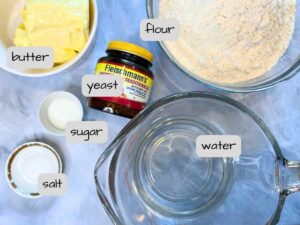
How to make Scottish Butteries
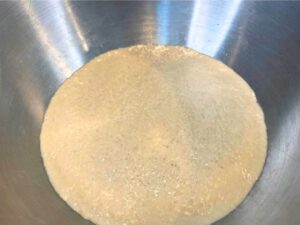
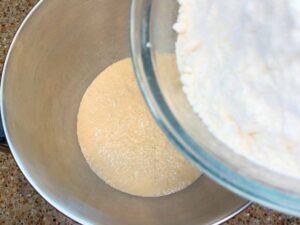
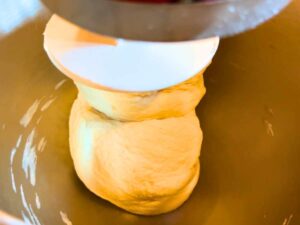
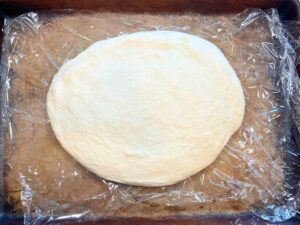
Ingredients
1 ¾ cups warm water 425 ml
1 Tablespoon sugar 15 ml
2¼ teaspoons dry active yeast 7 g
1 teaspoon salt 5 ml
4 cups all-purpose flour 600 g
¾ cups room temperature butter 175 g
¾ cup lard 175 g
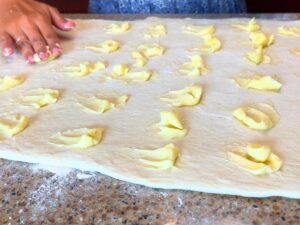
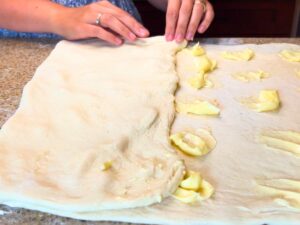
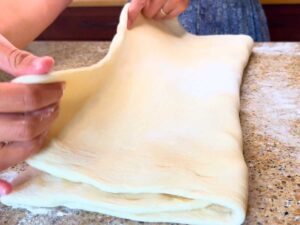
Method
- In the bowl of a stand mixer, with the dough hook attachment, (or in a large bowl by hand) add the water and sugar.
- Sprinkle the yeast on top. It will become foamy in about 5 minutes.
- Add the salt and the flour.
- Mix until everything is incorporated, and then knead for 5 minutes, or until you have a smooth elastic dough that cleans the inside of the bowl.
- Shape the dough with your hands into a bit of a rectangle and place in a lined baking sheet.
- Cover with a damp cloth or plastic wrap and let rise, in a warm place, until doubled in bulk. About 1 hour.
- Once the dough has risen, place onto a floured counter and roll out into a rectangle. (It should be three times as long as it is tall. When folded into thirds, it should fit onto your baking try.)
Laminating the dough
- Mix the butter and lard together
- With 1/3 of the soft butter/lard, place little pats all over the top of the dough layer.
- Fold the dough into thirds, enclosing the butter inside the dough.
- Place back onto the baking sheet. Cover, and place in the refrigerator to chill for 30 minutes.
- Remove from the refrigerator.
- Roll out the opposite way than it was rolled the previous time. (It should be rolled out to the same dimensions as the last time.)
- With the next 1/3 butter/lard mixture, place little pats all over the top of the dough.
- Fold in thirds, cover, and place in the refrigerator to chill for another 30 minutes.
- Remove from the refrigerator. Roll out the opposite way than it was rolled the previous time.
- With the last 1/3 of butter/lard mixture, place little pats of butter all over the top of the dough.
- Fold in thirds, cover, and place in the refrigerator to chill for another 30 minutes.
- Remove the dough from the refrigerator, roll out and fold into thirds.
- Place back in the refrigerator to chill for the final 30 minutes.
Final Shaping
- Remove form the fridge and cut the dough into 20 piece. Shape each into a rough oval.
- Place the rolls, spaced out on baking sheets, so they have room to rise.
- Cover and allow to rise in a warm spot for about 30 minutes, or until about doubled in size.
- Preheat the oven to 400 °F (200 °C).
- Now that the rolls have risen place them, on the trays, in the freezer to chill the butter for about 15 minutes before baking. (This will help the butter stay inside the rolls instead of oozing out during baking.)
- Bake for 20-25 minutes, or until golden.
- Cool slightly and serve
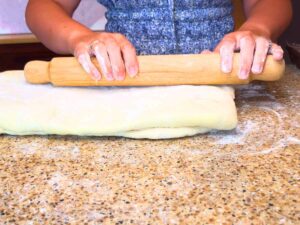
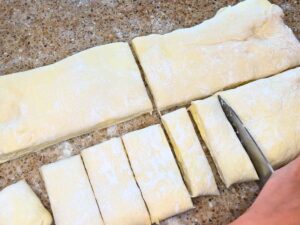
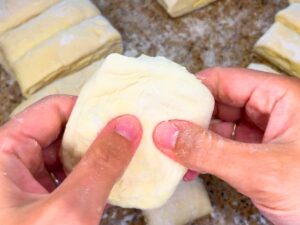
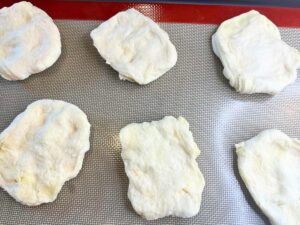

Scottish Butter Rolls || Butteries
Classic Scottish pastries that have a golden, delicately flaky outside and a soft buttery inside. A perfect snack or decadent breakfast treat!
Ingredients
- 1 ¾ cups warm water 425 ml
- 1 Tablespoon sugar 15 ml
- 2¼ teaspoons dry active yeast 7 g
- 1 teaspoon salt 5 ml
- 4 cups all-purpose flour 600 g
- ¾ cups room temperature butter 175 g
- ¾ cups lard 175g
Instructions
- In the bowl of a stand mixer, with the dough hook attachment, (or in a large bowl by hand) add the water and sugar.
- Sprinkle the yeast on top. It will become foamy in about 5 minutes.
- Add the salt and the flour.
- Mix until everything is incorporated, and then knead for 5 minutes, or until you have a smooth elastic dough that cleans the inside of the bowl.
- Shape the dough with your hands into a bit of a rectangle and place in a lined baking sheet.
- Cover with a damp cloth or plastic wrap and let rise, in a warm place, until doubled in bulk. About 1 hour.
- Once the dough has risen, place onto a floured counter and roll out into a rectangle. (It should be three times as long as it is tall. When folded into thirds, it should fit onto your baking try.)
- Laminating the dough
- Mix the butter and lard together.
- With 1/3 of the soft butter/lard, place little pats all over the top of the dough layer.
- Fold the dough into thirds, enclosing the butter inside the dough.
- Place back onto the baking sheet. Cover, and place in the refrigerator to chill for 30 minutes.
- Remove from the refrigerator.
- Roll out the opposite way than it was rolled the previous time. (It should be rolled out to the same dimensions as the last time.)
- With the next 1/3 of soft butter/lard, place little pats all over the top of the dough.
- Fold in thirds, cover, and place in the refrigerator to chill for another 30 minutes.
- Remove from the refrigerator. Roll out the opposite way than it was rolled the previous time.
- With the last 1/3 of butter/lard, place little pats of butter all over the top of the dough.
- Fold in thirds, cover, and place in the refrigerator to chill for another 30 minutes.
- Remove the dough from the refrigerator, roll out and fold into thirds.
- Place back in the refrigerator to chill for the final 30 minutes.
- Final shaping
- Remove form the fridge and cut the dough into 20 piece. Shape each into a rough oval.
- Place the rolls, spaced out on baking sheets, so they have room to rise.
- Cover and allow to rise in a warm spot for about 30 minutes, or until about doubled in size.
- Preheat the oven to 400 °F (200 °C).
- Now that the rolls have risen place them, on the trays, in the freezer to chill the butter for about 15 minutes before baking. (This will help the butter stay inside the rolls instead of oozing out during baking.)
- Bake for 20-25 minutes, or until golden.
- Cool slightly and serve
Notes
Use softened room temperature butter to easily spread over the layers of dough.
Chill the fully risen rolls in the freezer for at least 15 minutes before baking. This will chill the butter so it doesn't ooze out of the pastries in the oven.
Nutrition Information
Yield
20Serving Size
1Amount Per Serving Calories 235Total Fat 14gSaturated Fat 9gTrans Fat 1gUnsaturated Fat 4gCholesterol 37mgSodium 218mgCarbohydrates 24gFiber 1gSugar 1gProtein 3g
What’s next?
Craving more traditional bread recipes! Check these out! Easy Artisan French Baguettes, Old Fashioned Oatmeal Molasses Brown Bread, Finnish-Canadian Pulla Bread
Don’t forget to sign up to the FREE subscribers library! Receive all the latest and exclusive content right to your inbox! Plus, gain access to amazing free printables!
Like this one! Creating your own family cookbook has never been easier!
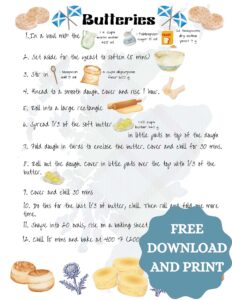


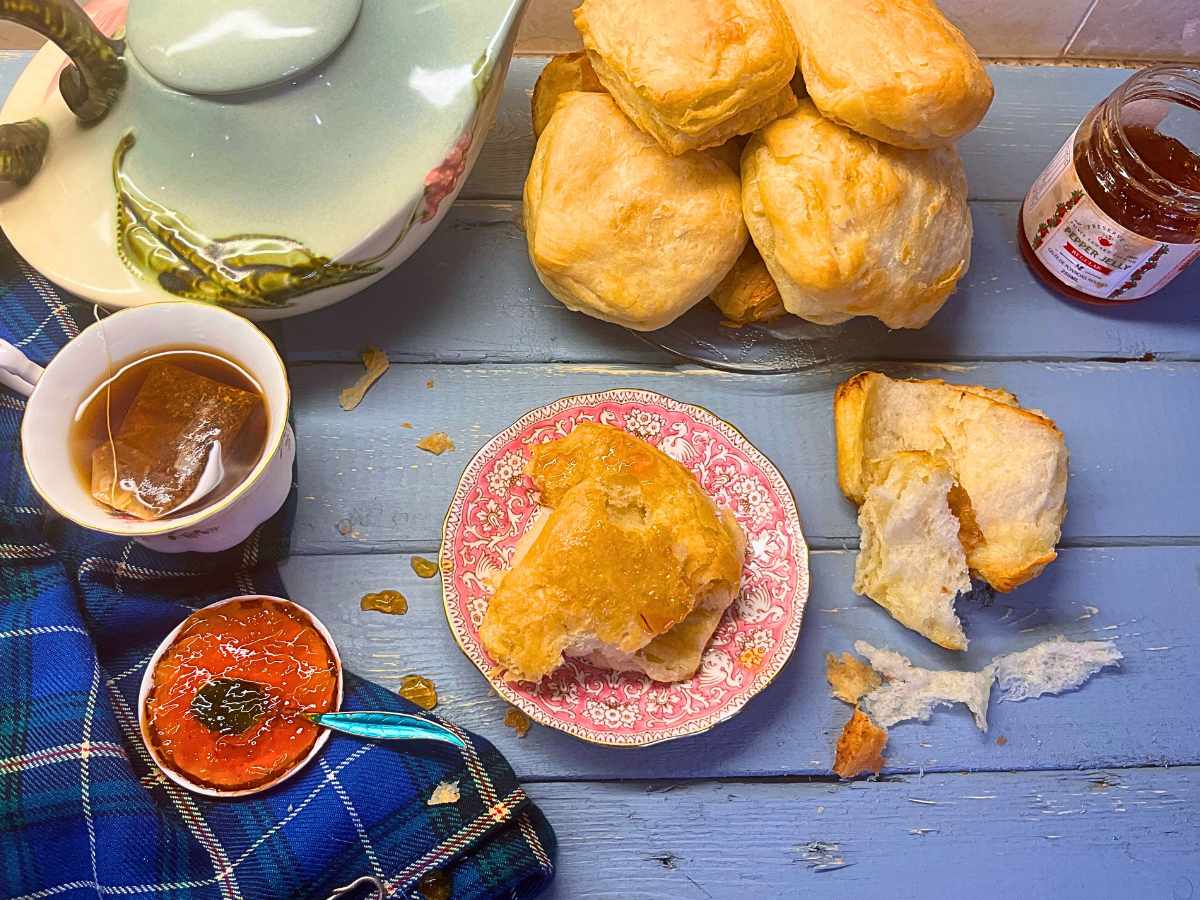
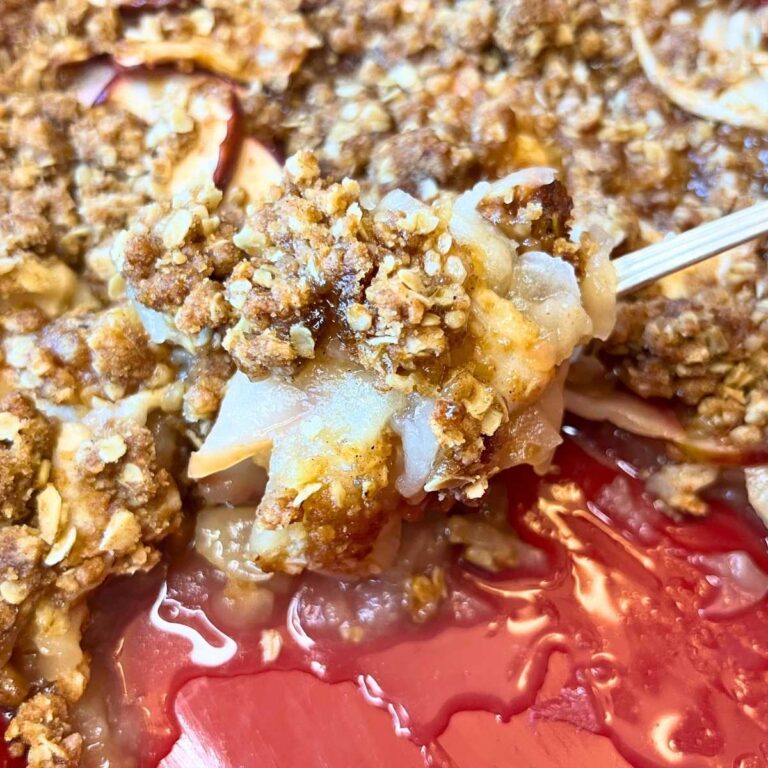



One Comment